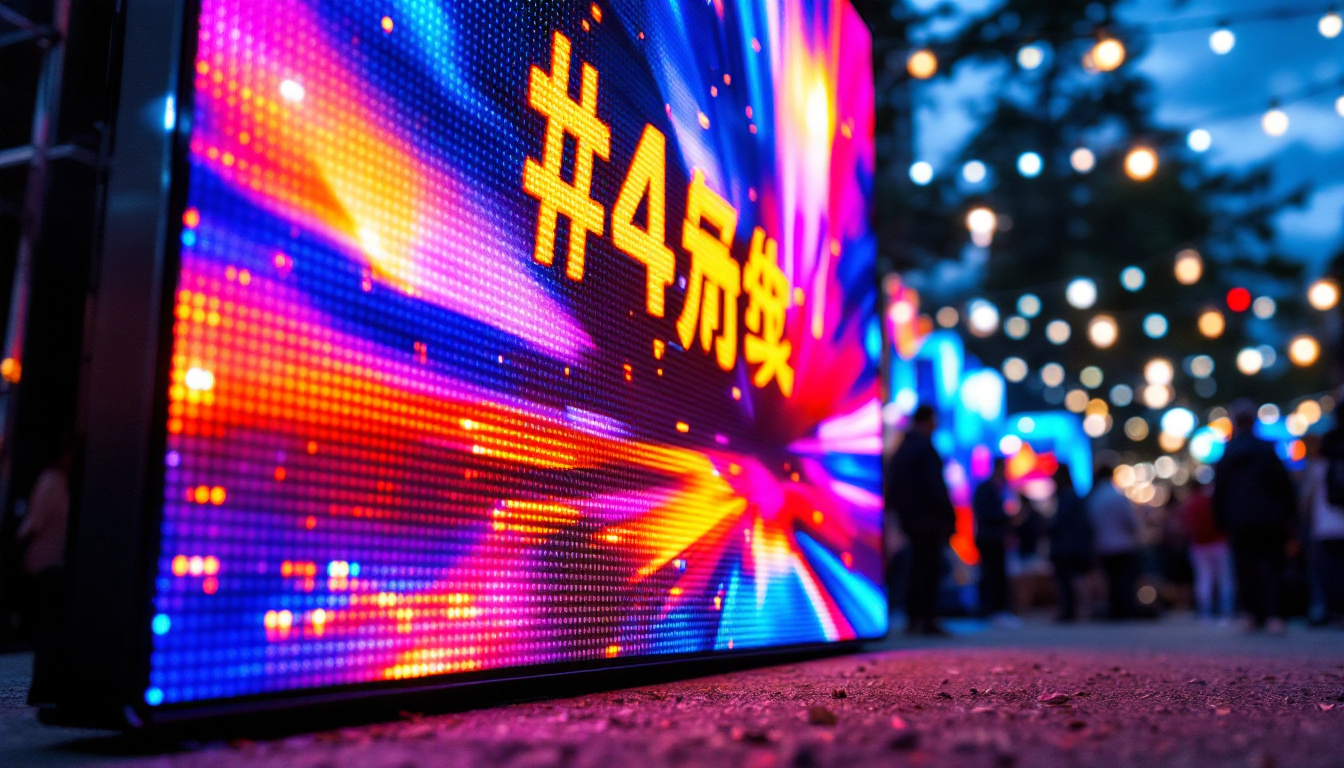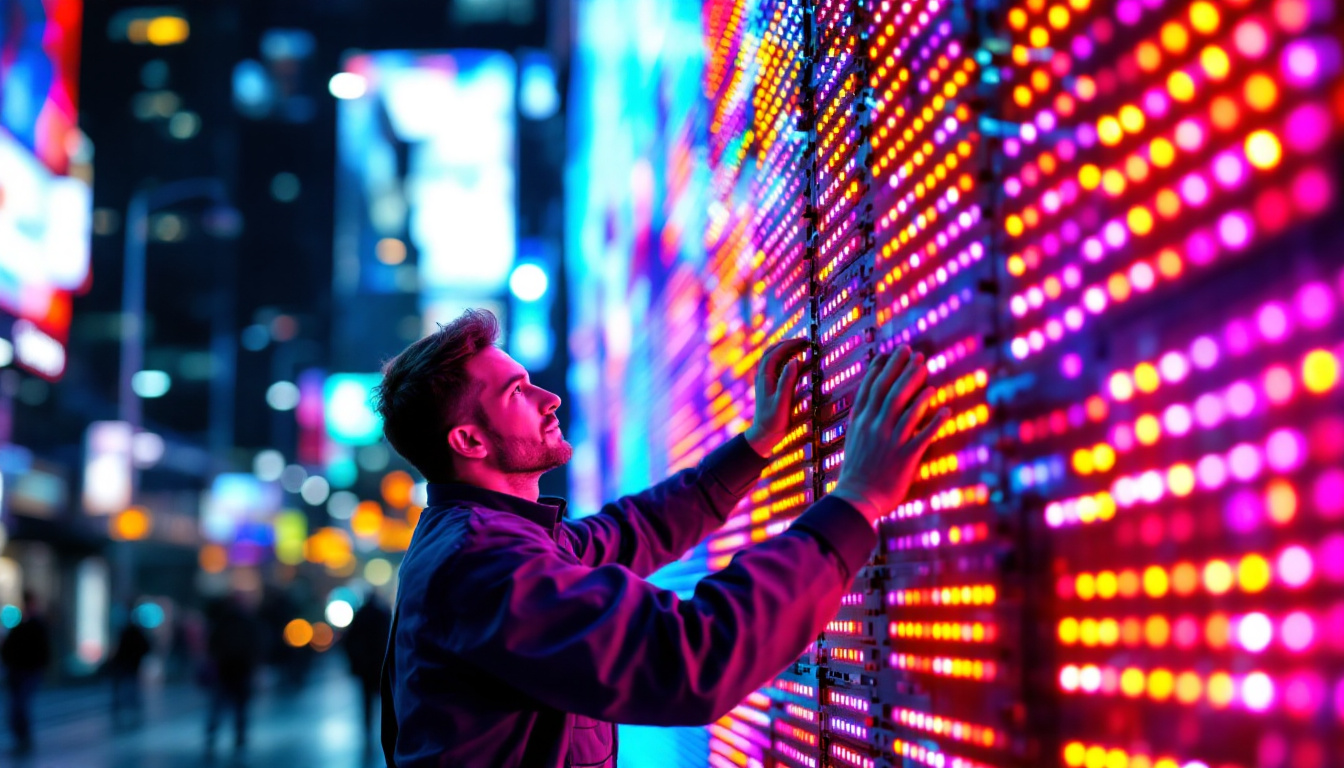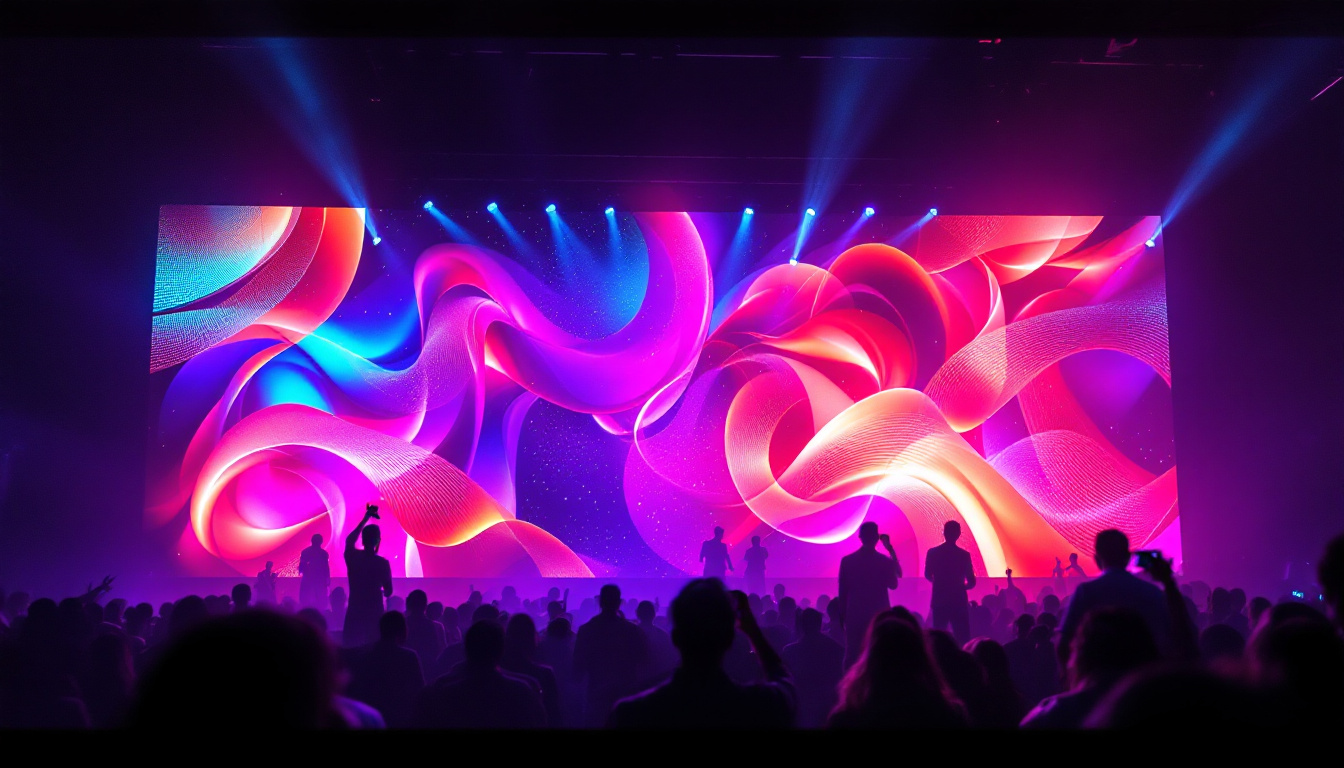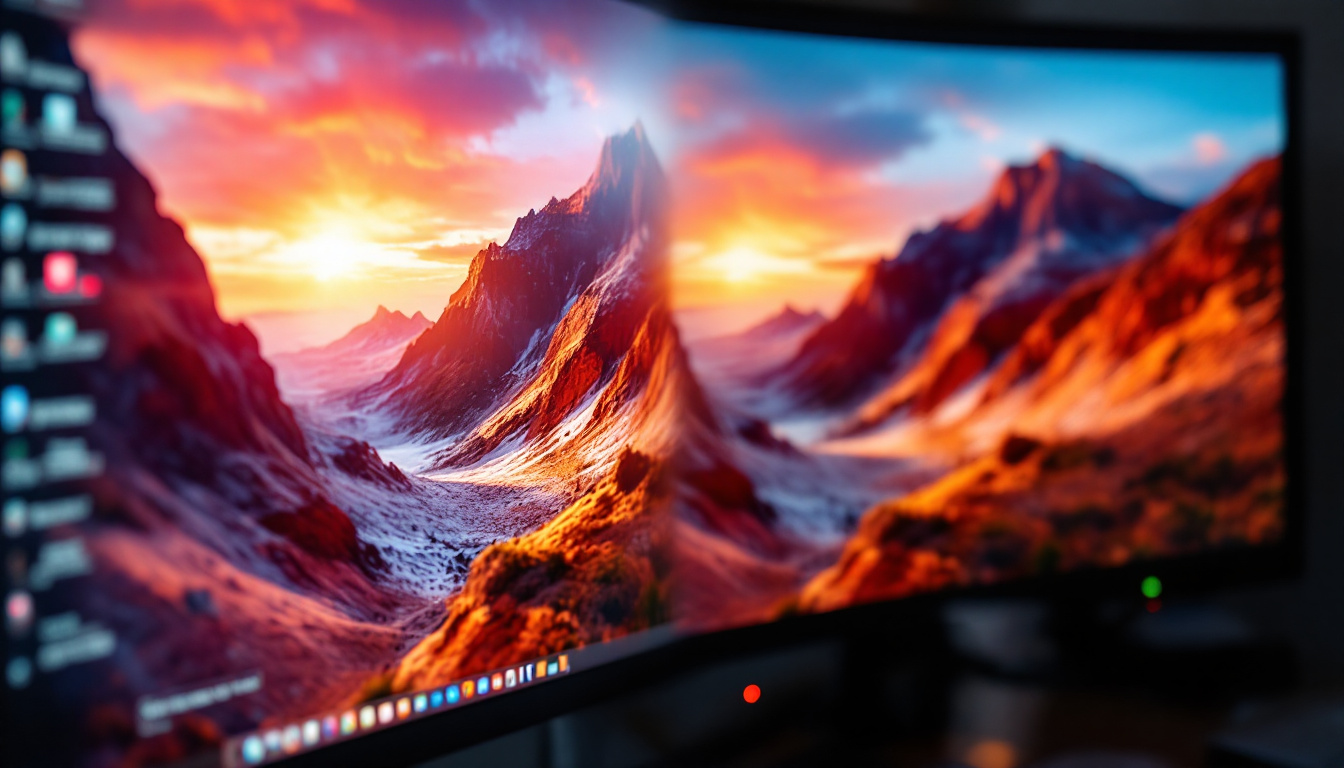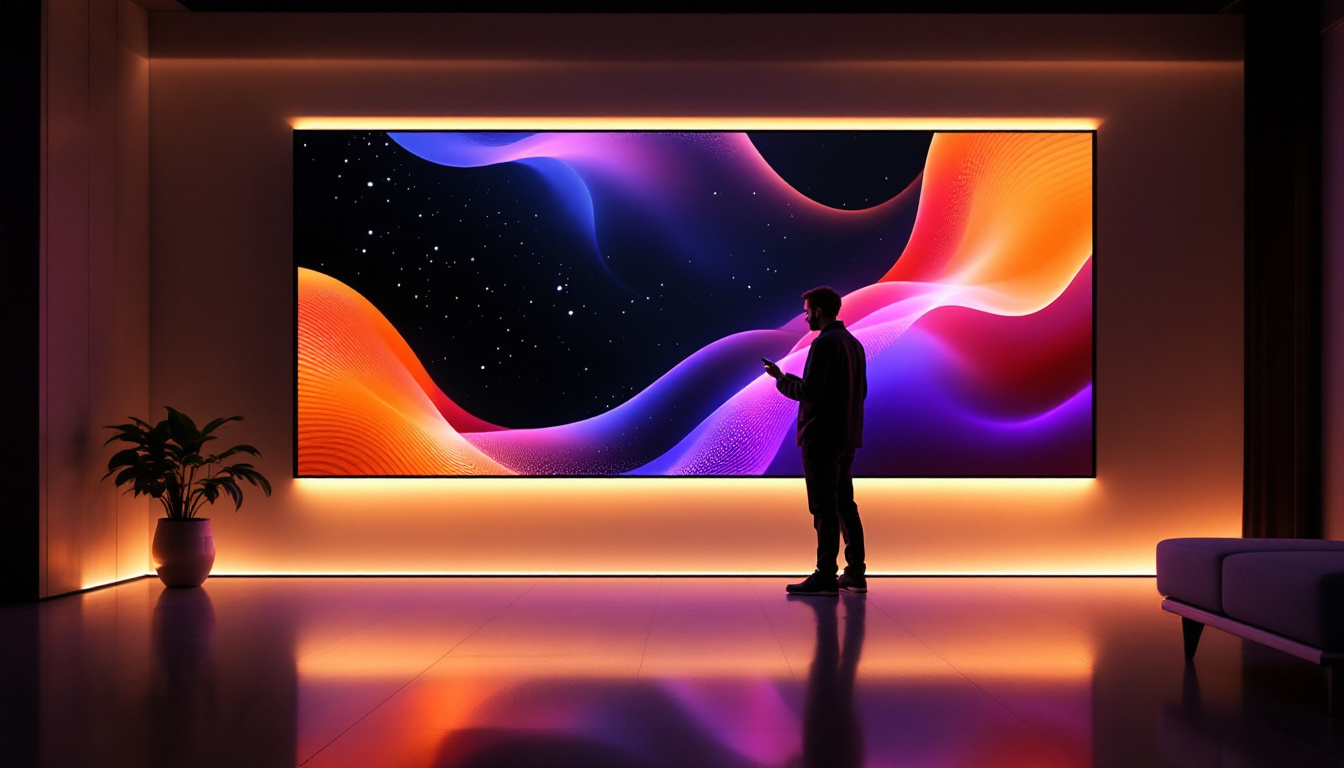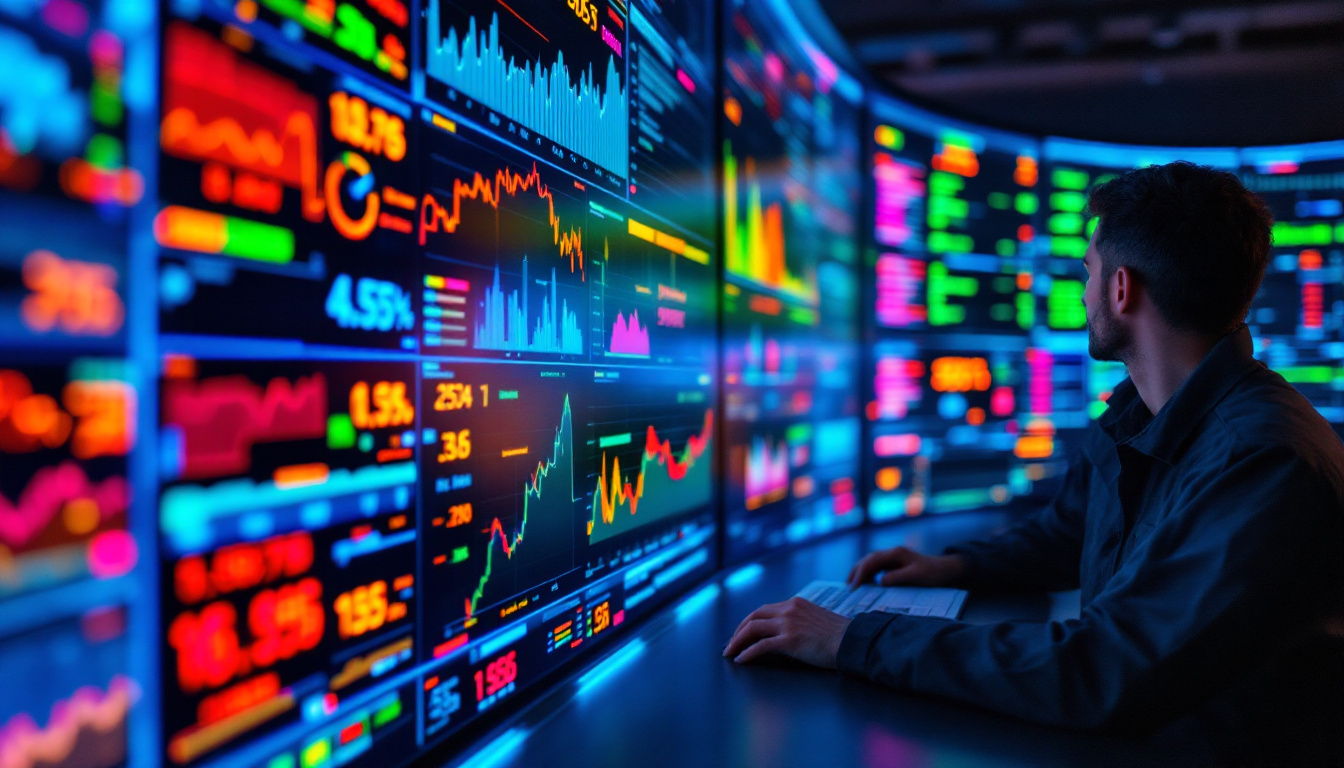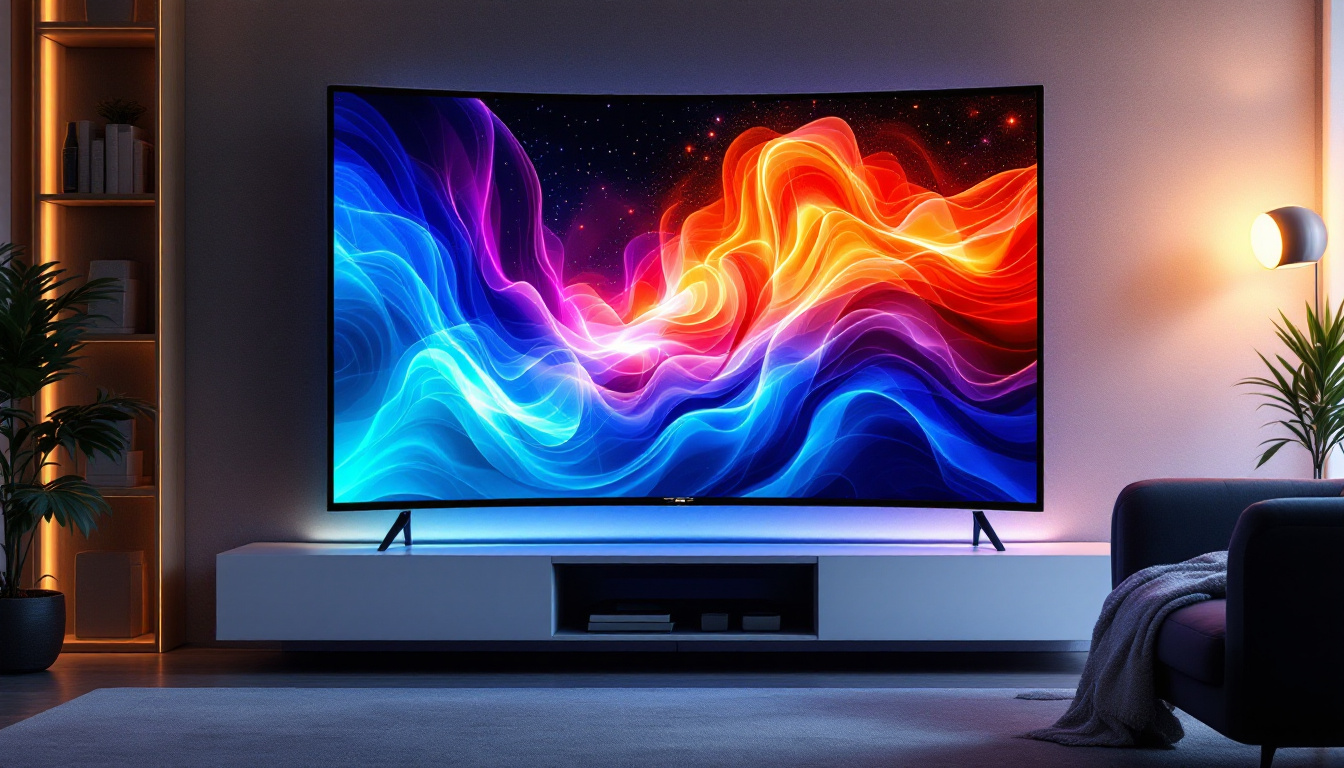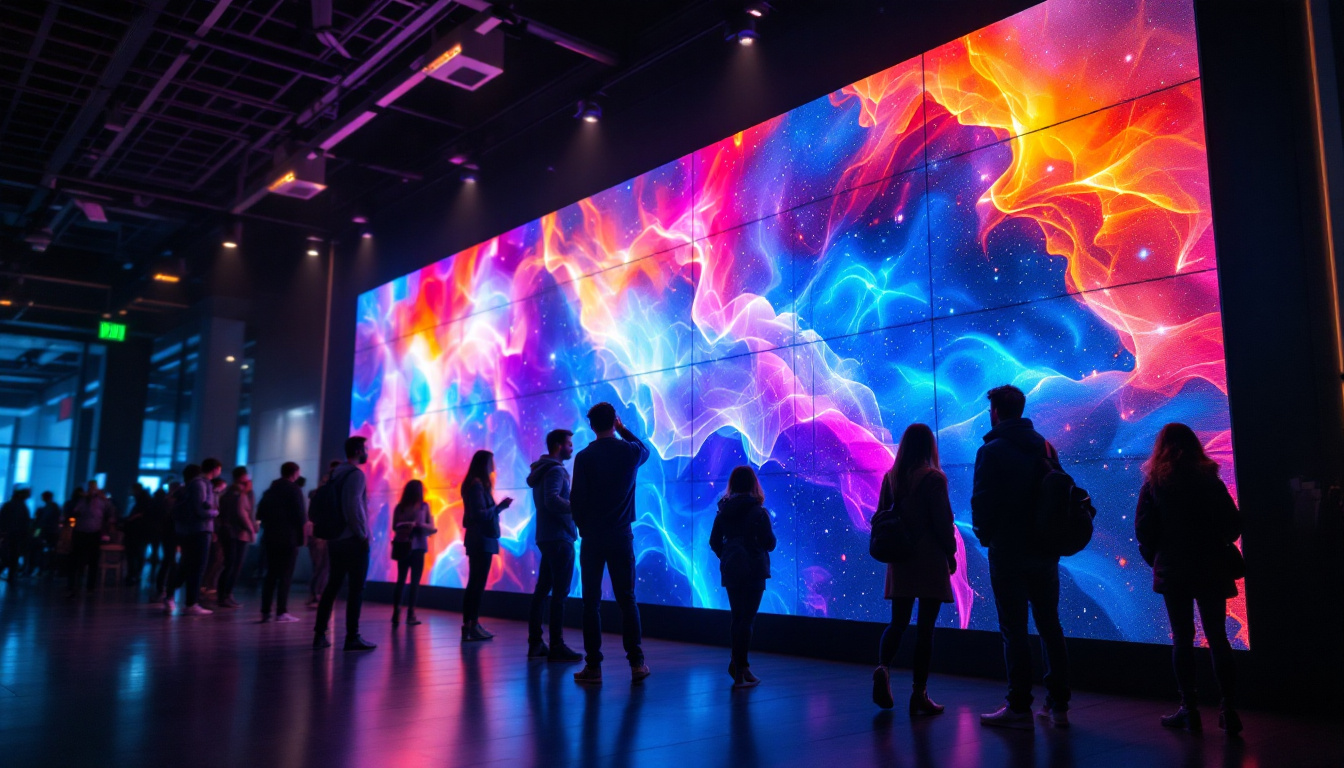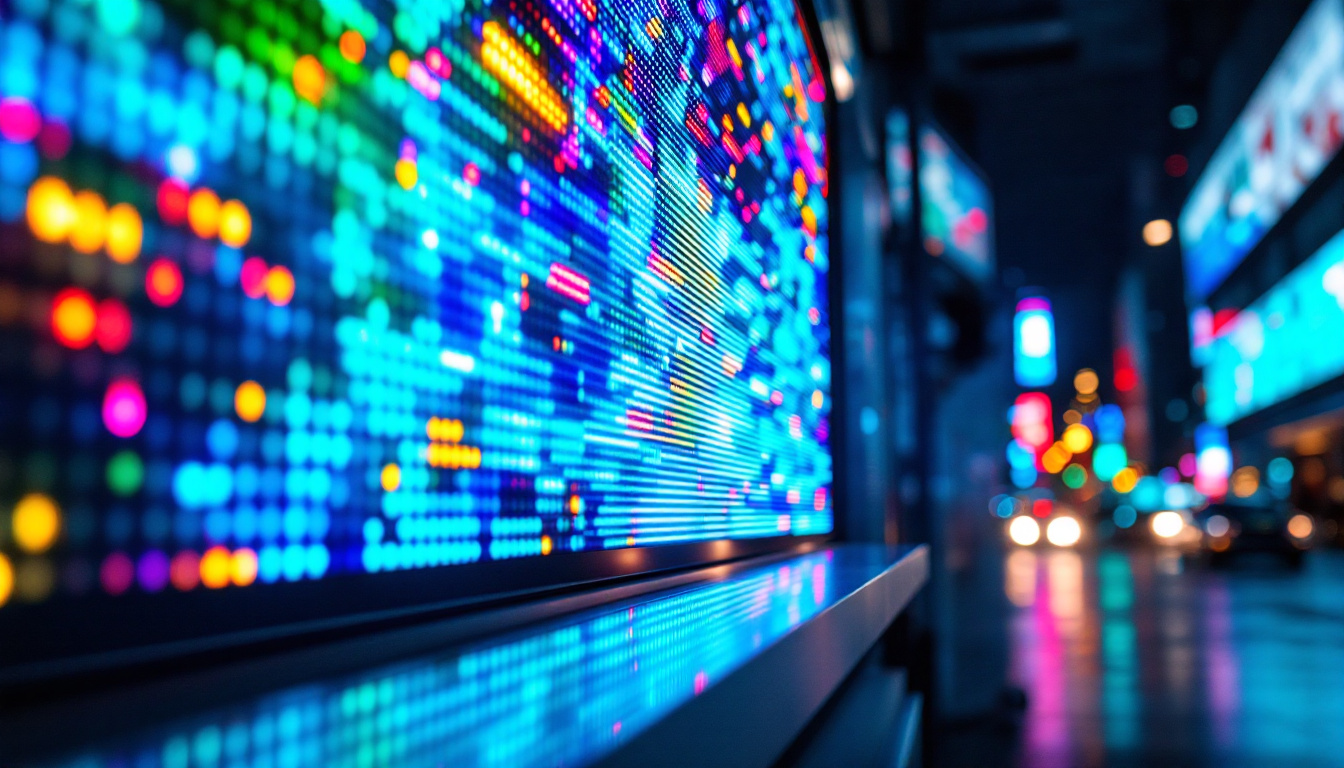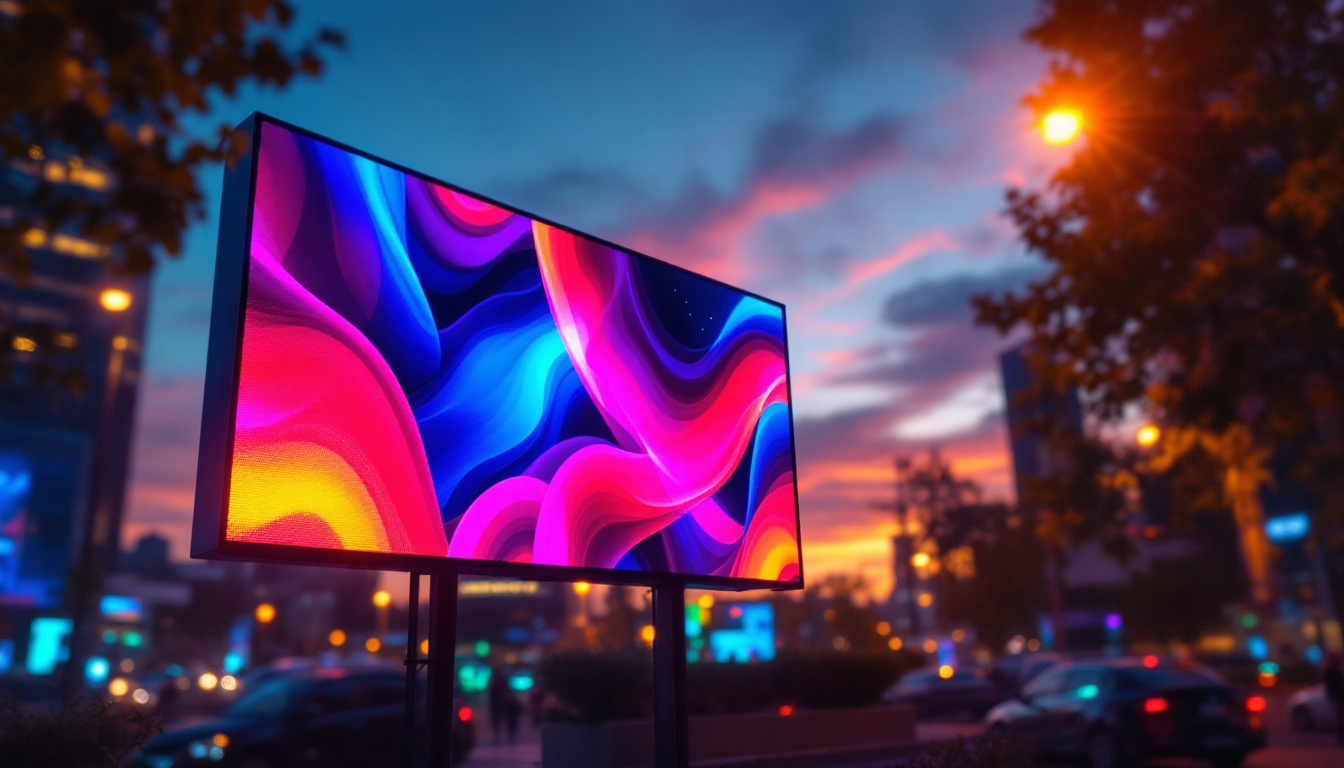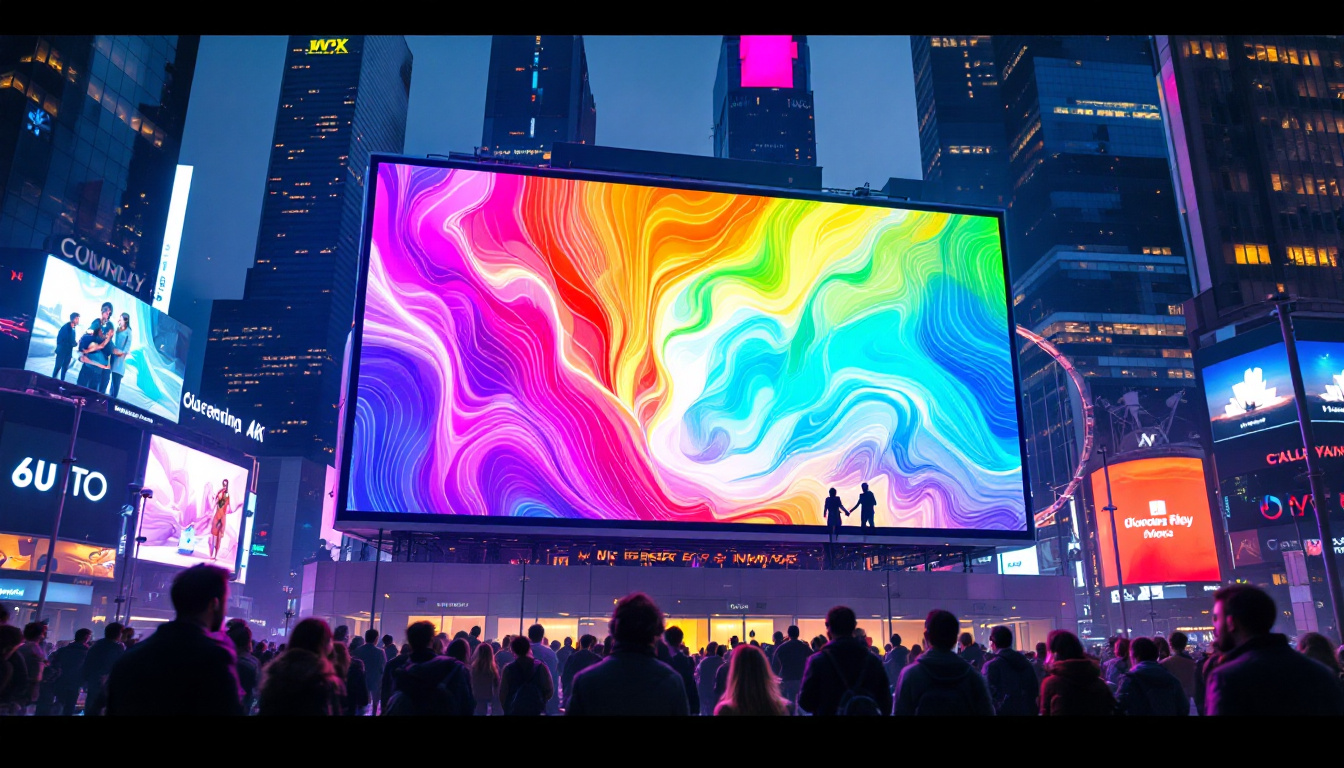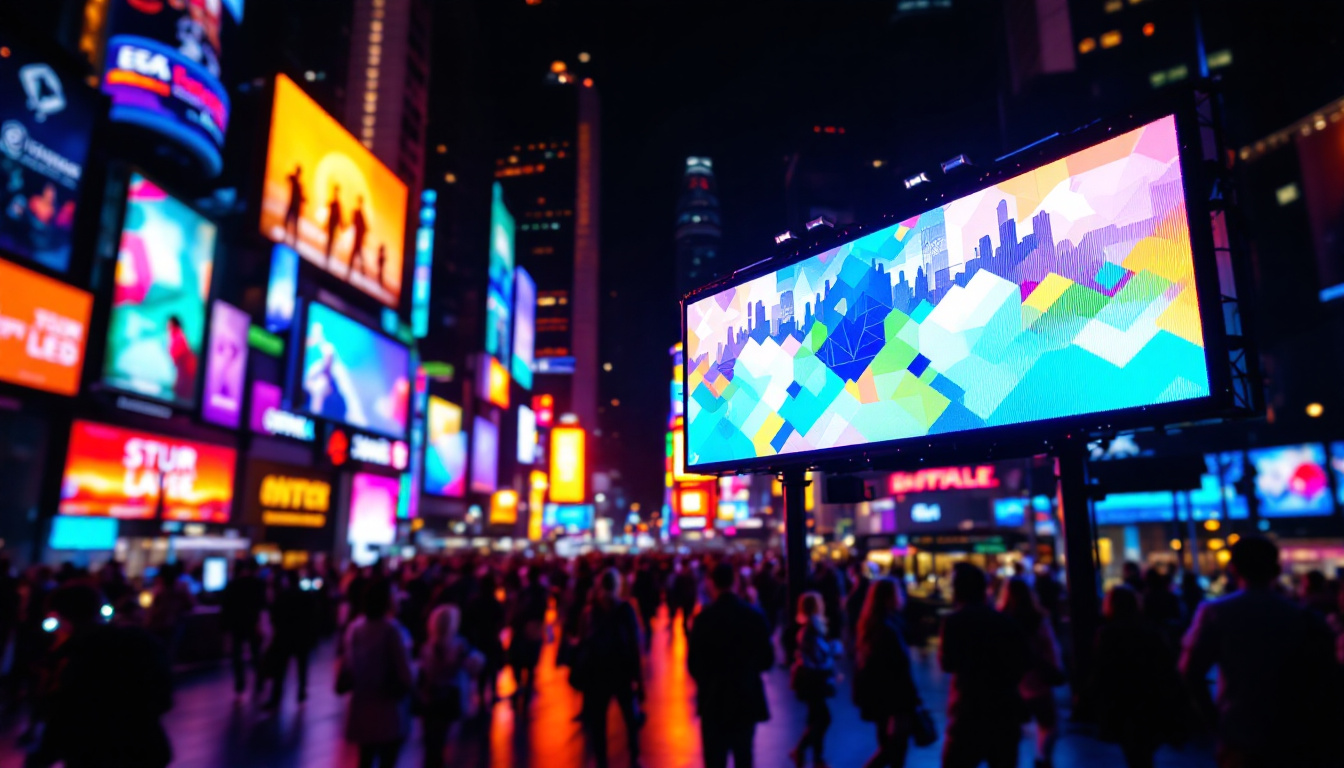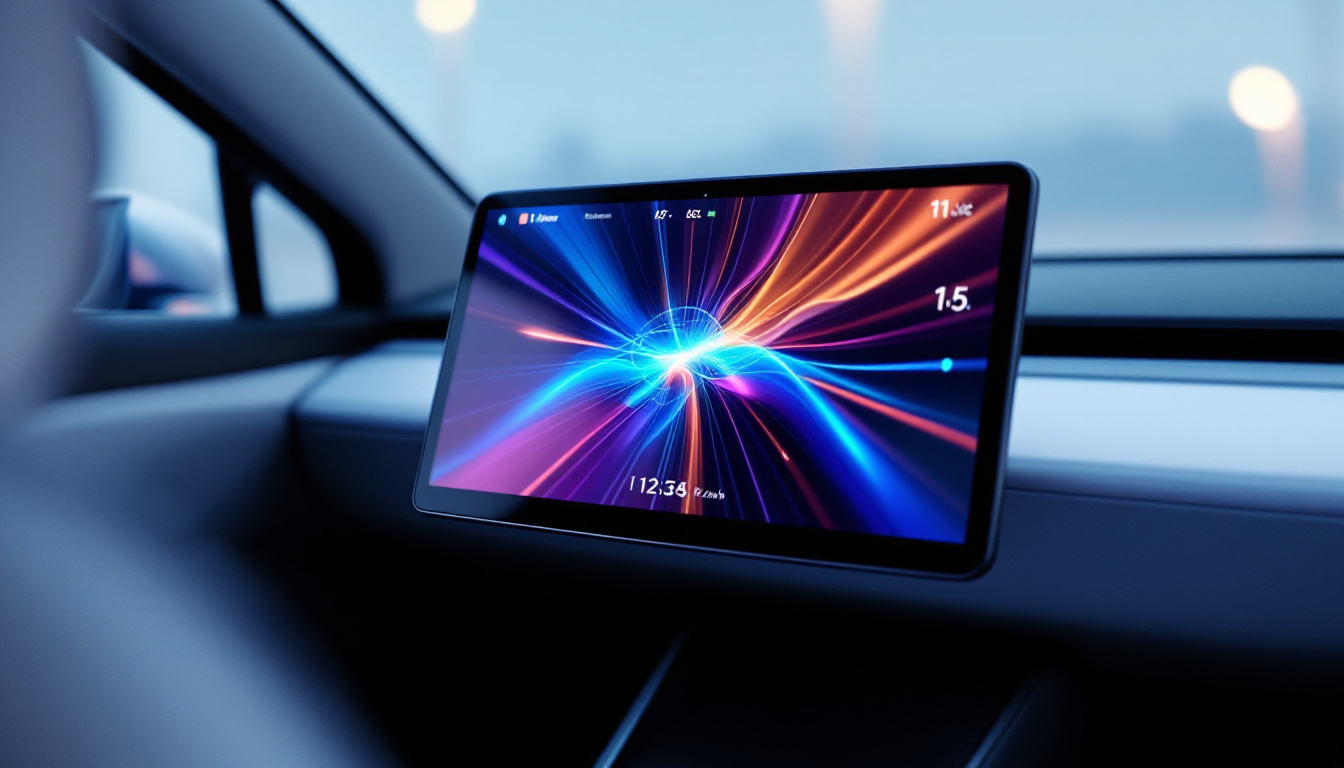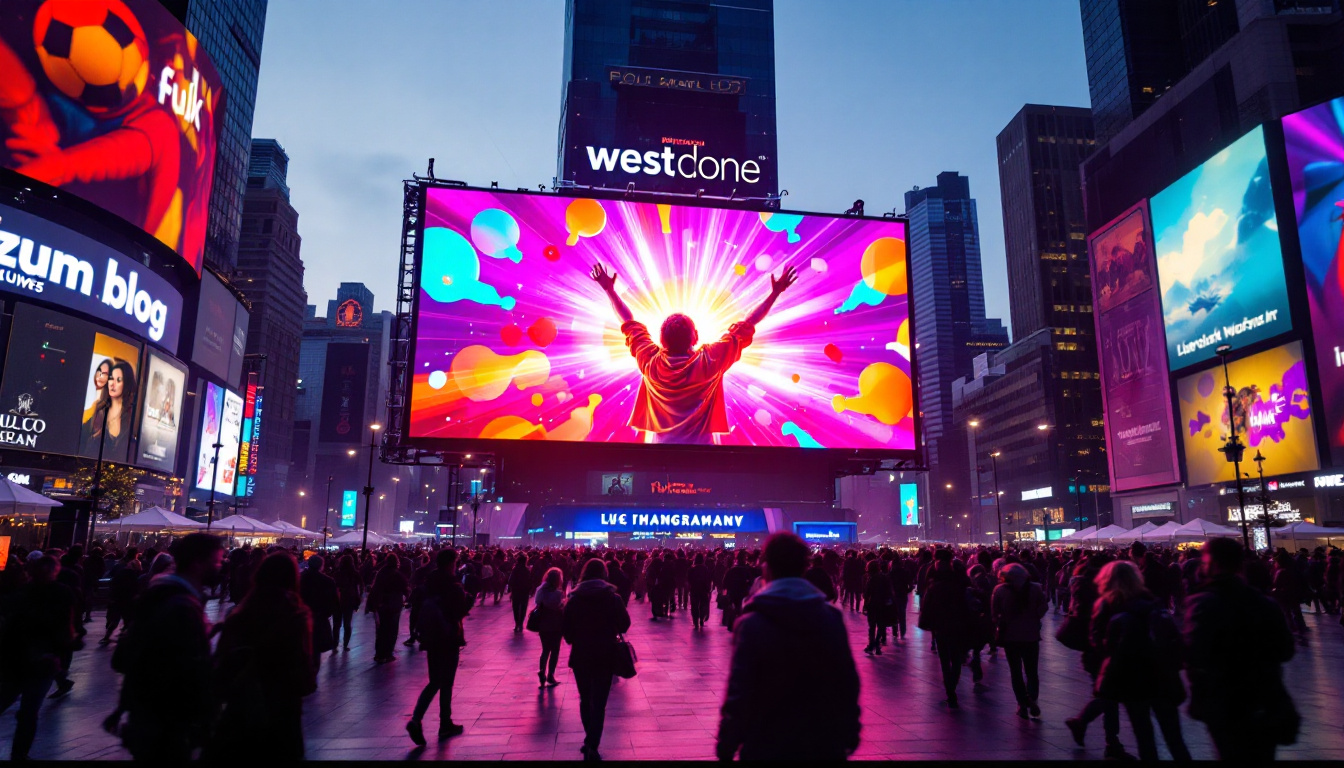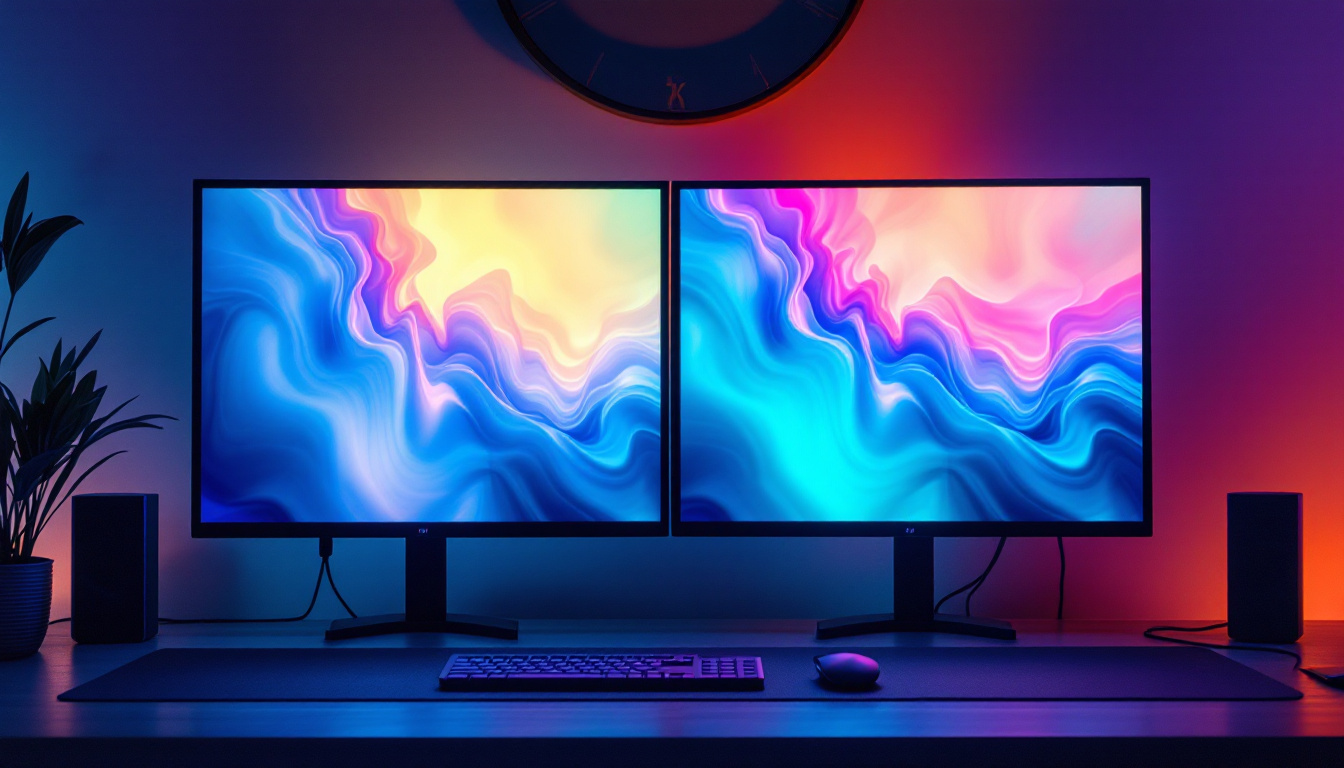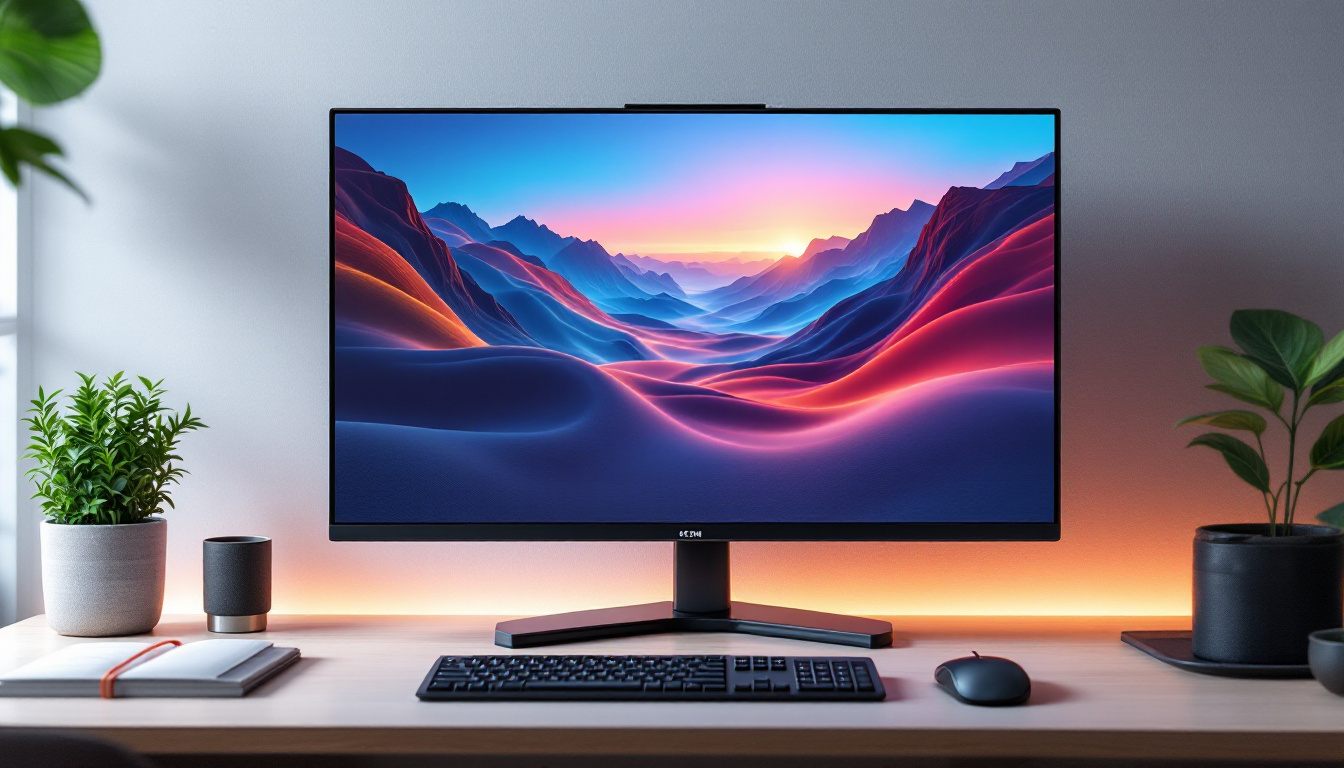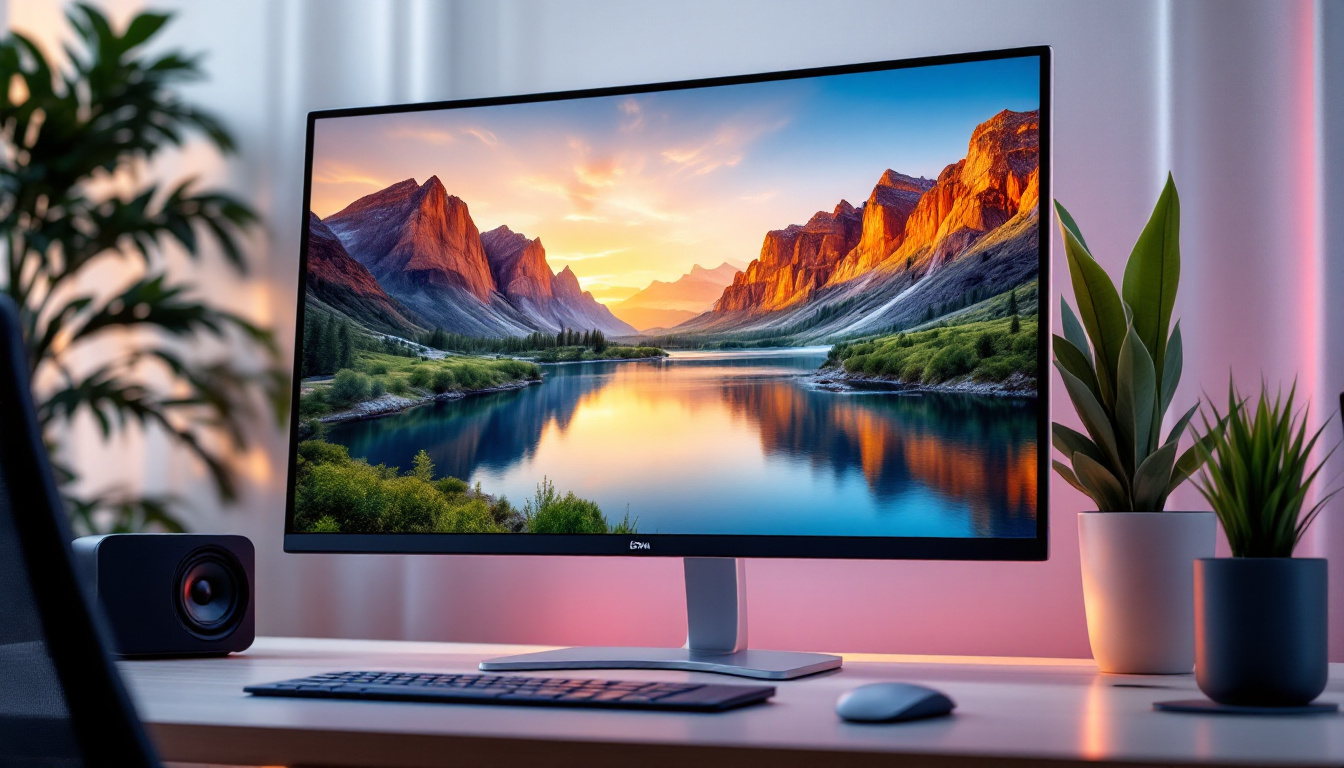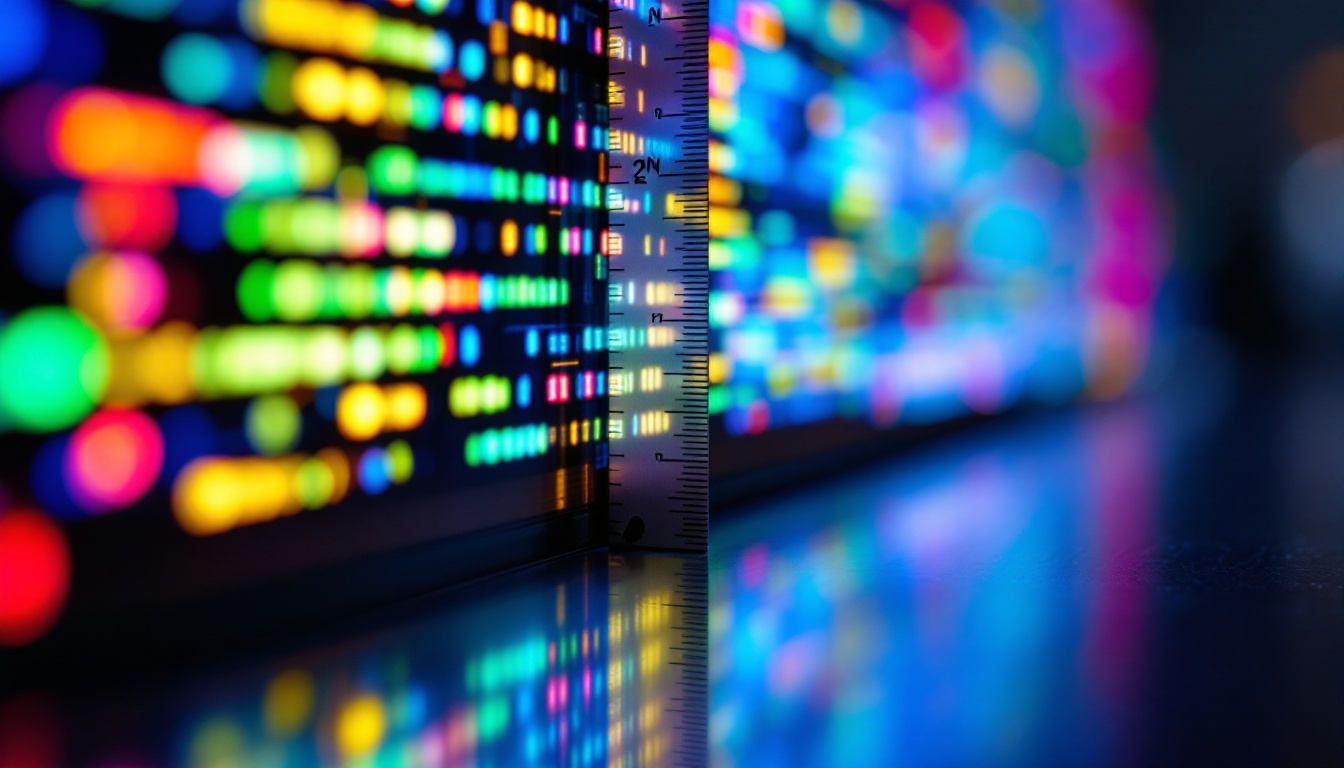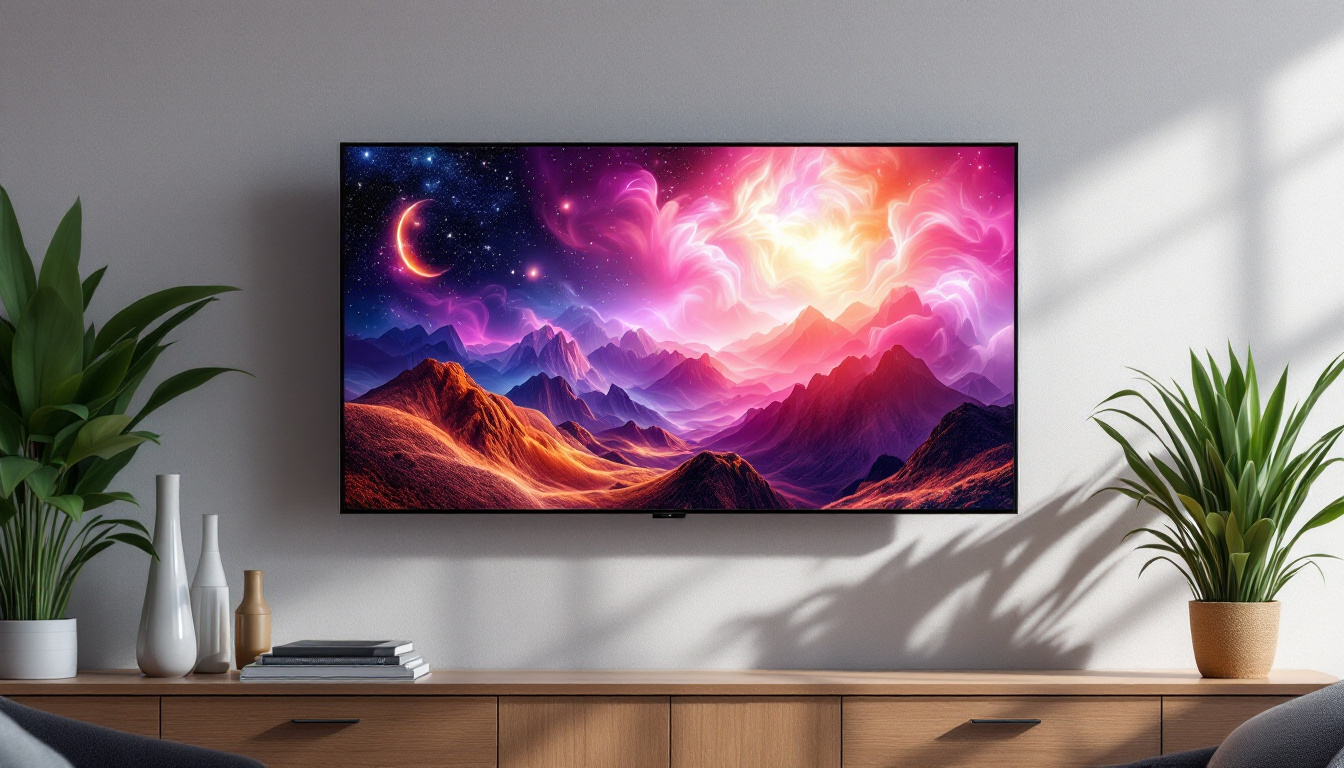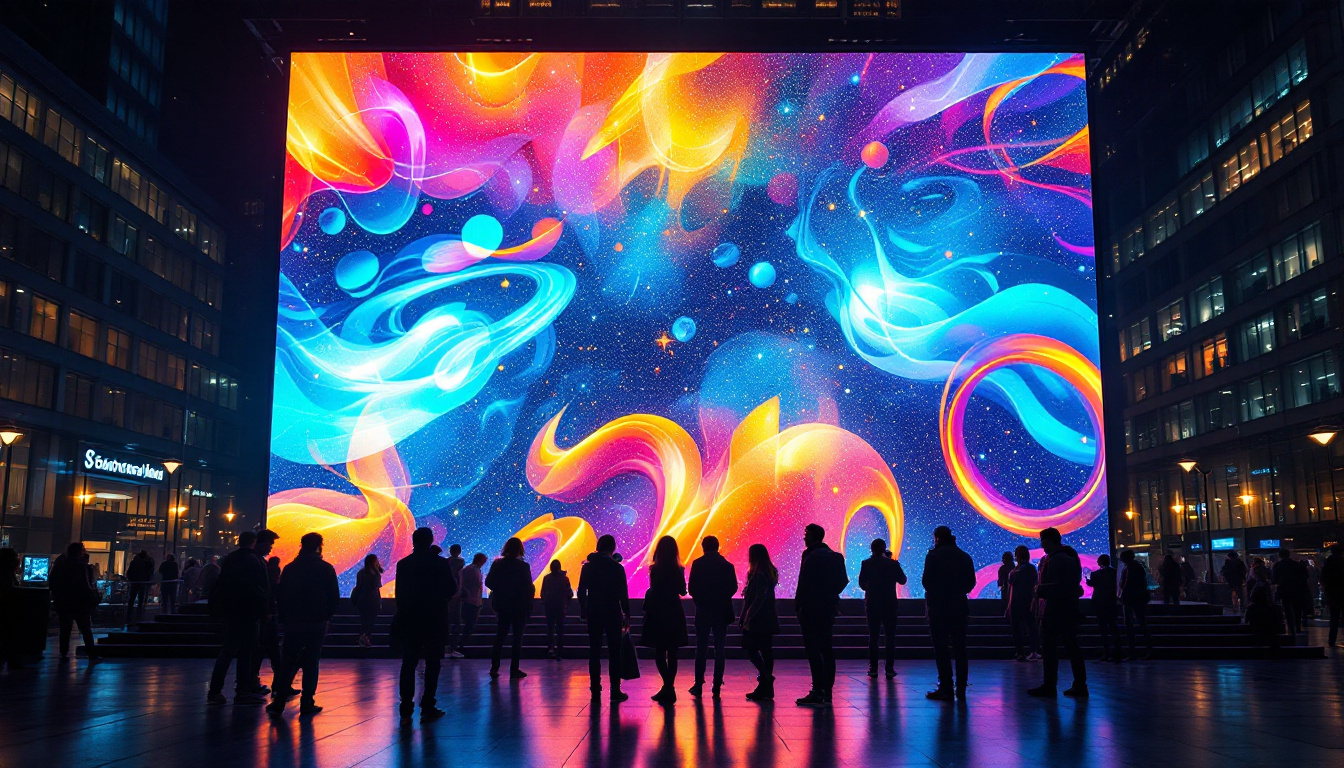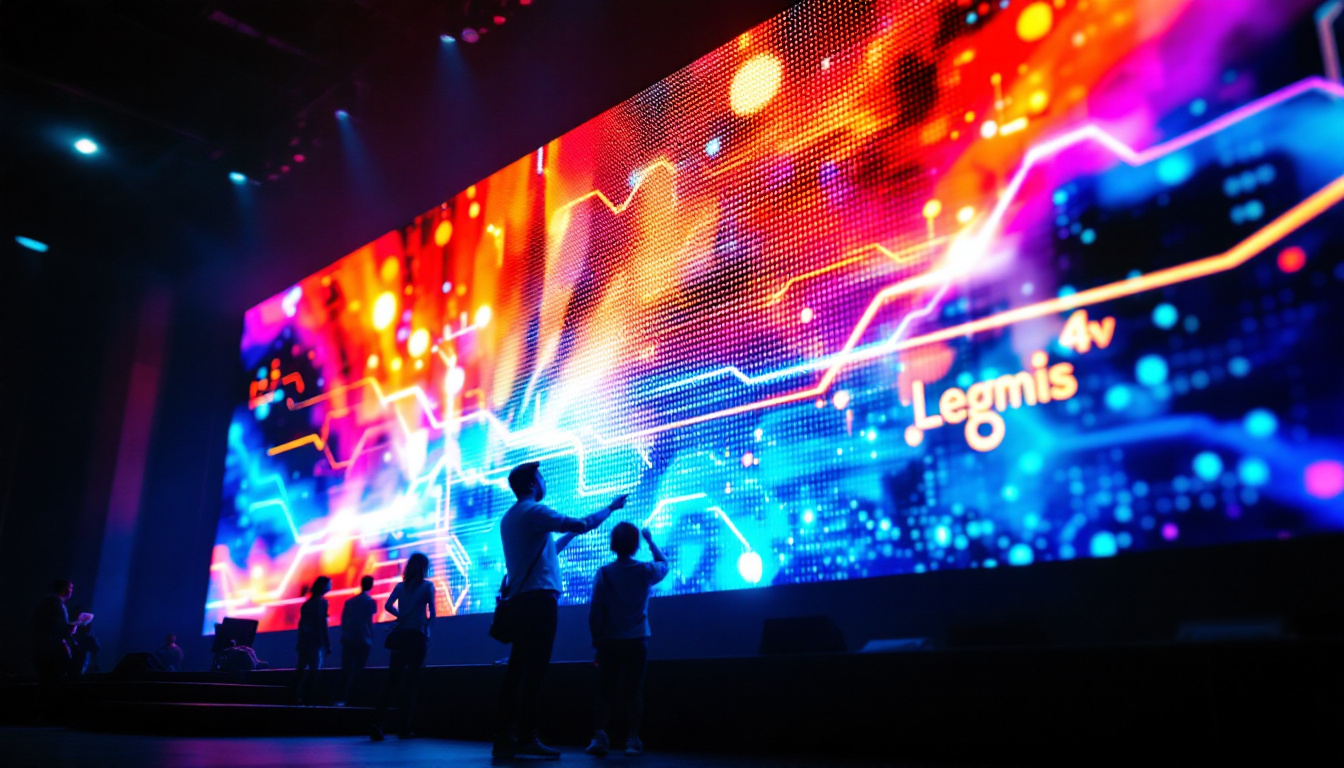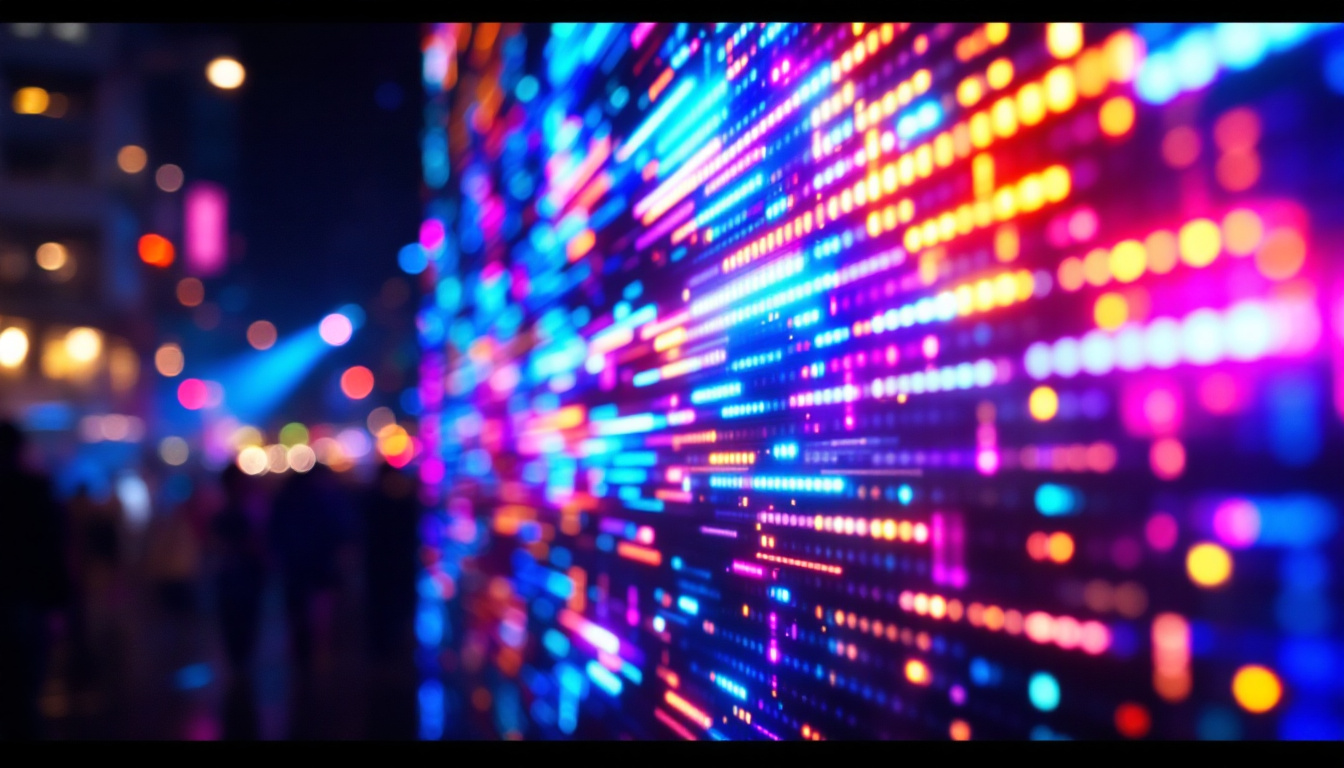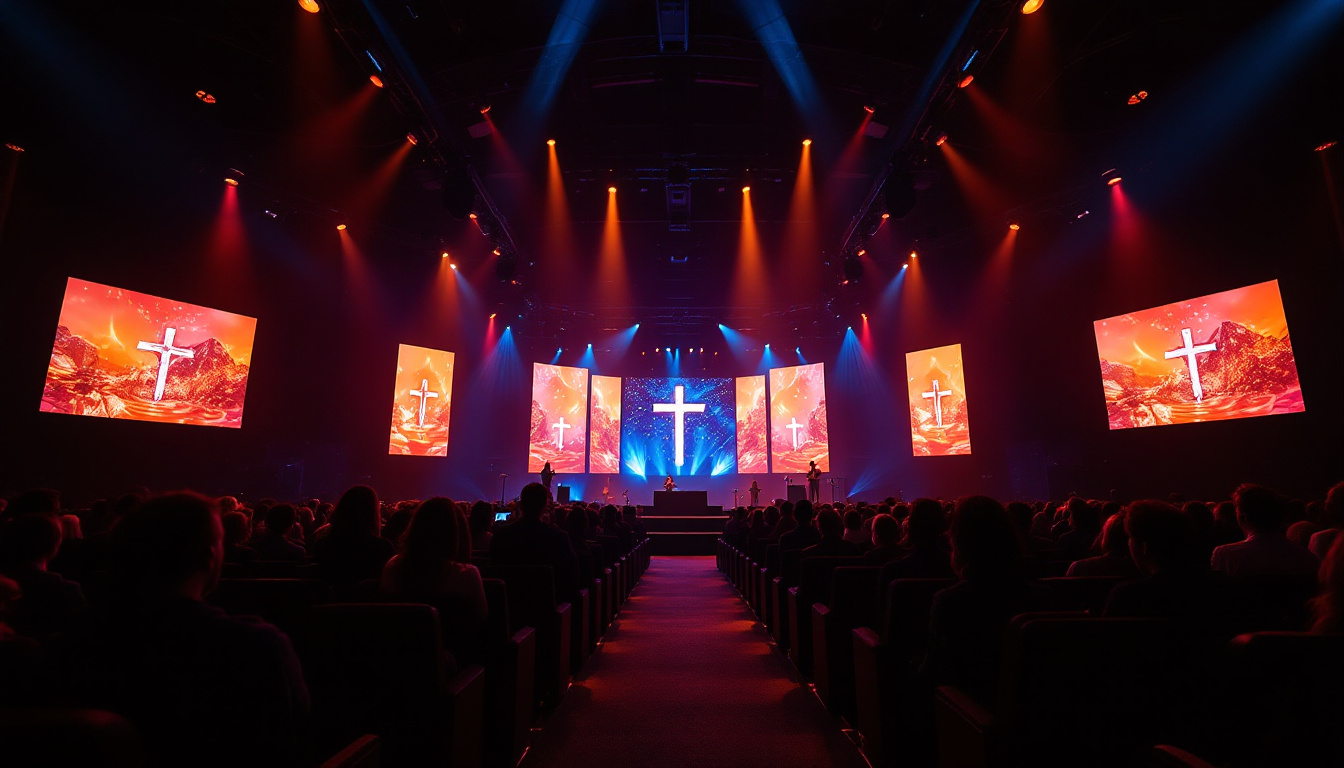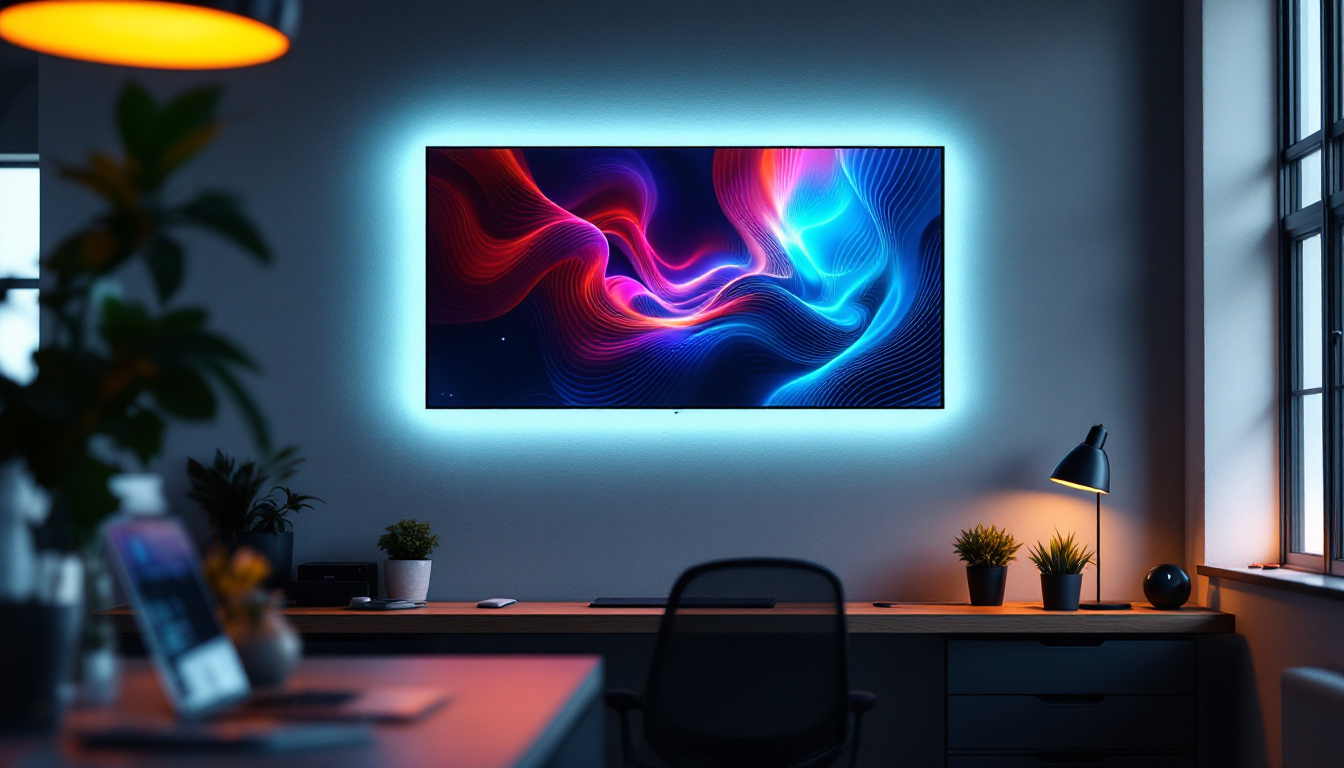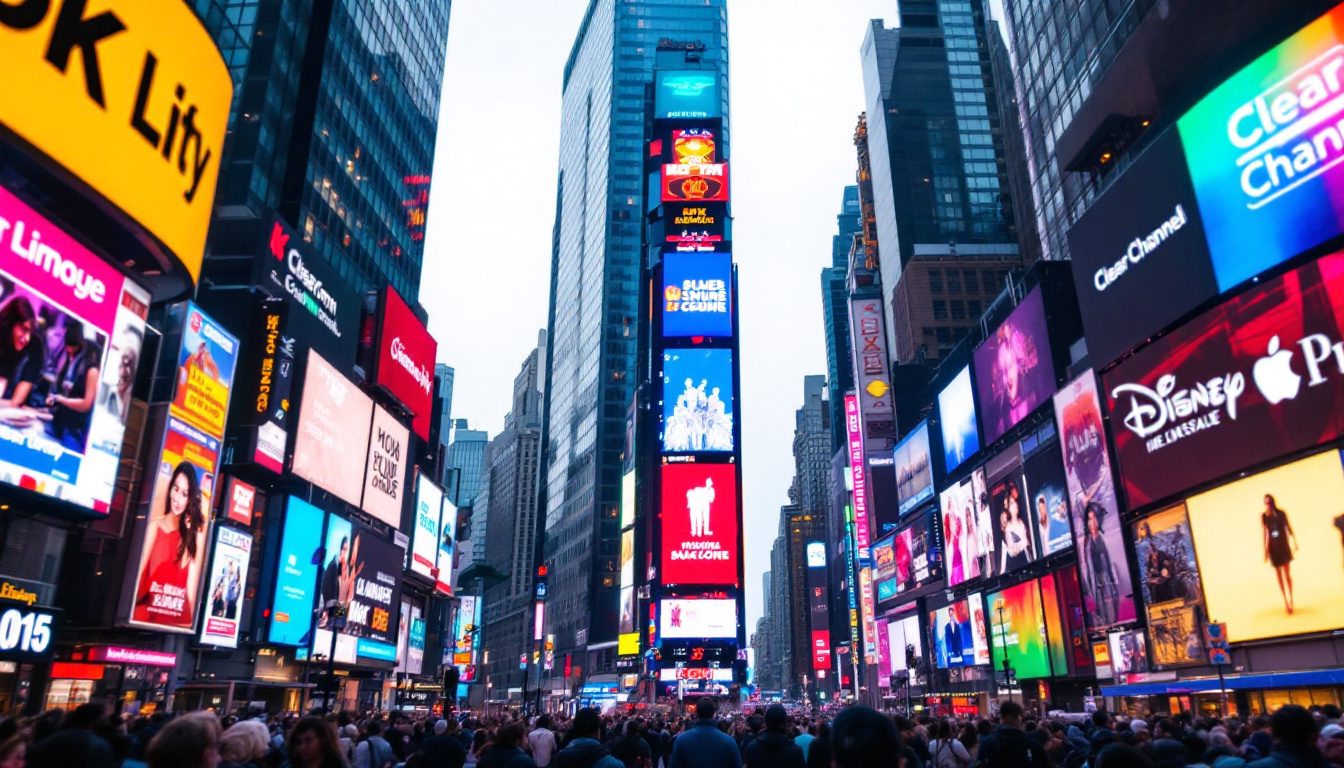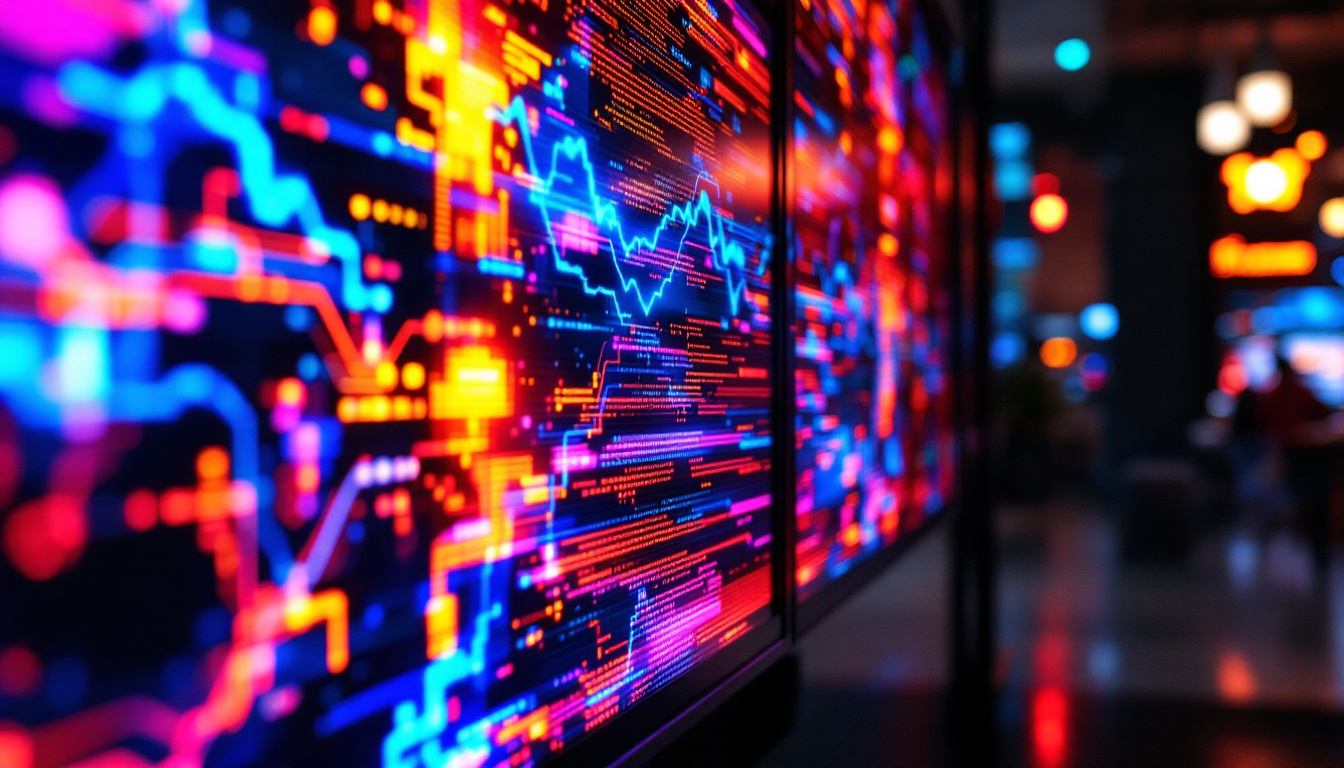In today’s fast-paced digital world, the demand for portable digital displays has surged, particularly in the form of LED displays. These versatile devices have transformed the way information is communicated, providing vibrant visuals that capture attention and convey messages effectively. This article delves into the intricacies of LED displays, exploring their technology, applications, and advantages over traditional display methods.
Understanding LED Technology
LED, or Light Emitting Diode, technology is at the heart of modern display systems. Unlike traditional displays that rely on liquid crystal displays (LCD) or cathode ray tubes (CRT), LED displays utilize semiconductor materials to produce light. This fundamental difference contributes to the unique characteristics of LED displays.
How LED Displays Work
At its core, an LED display consists of numerous tiny light-emitting diodes arranged in a grid. Each diode emits light when an electric current passes through it. The combination of these diodes creates a full-color image by mixing red, green, and blue (RGB) lights. By adjusting the intensity of each color, a wide spectrum of colors can be produced, allowing for stunning visuals.
Furthermore, the modular nature of LED displays enables them to be configured in various sizes and shapes. This flexibility is particularly advantageous for portable applications, where space and weight are often limiting factors. Whether used for advertising, presentations, or entertainment, LED displays can be tailored to meet specific requirements.
Types of LED Displays
There are several types of LED displays, each designed for specific applications. The most common types include:
- Direct View LED Displays: These are large-scale displays typically used for outdoor advertising and events. They provide high brightness and visibility, making them suitable for various lighting conditions.
- LED Video Walls: Composed of multiple smaller LED panels, video walls create a large, seamless display. They are often used in control rooms, concert venues, and trade shows.
- Portable LED Displays: Lightweight and easy to transport, these displays are ideal for events, exhibitions, and mobile advertising. They can be set up quickly and often come with built-in stands.
Applications of Portable LED Displays
The versatility of portable LED displays makes them suitable for a wide range of applications across various industries. Their ability to deliver dynamic content in a visually appealing manner has led to their adoption in numerous fields.
Advertising and Marketing
One of the most prominent uses of portable LED displays is in advertising and marketing. Brands leverage these displays to showcase promotions, product launches, and events. The vibrant colors and high resolution of LED technology attract potential customers, making it an effective tool for driving engagement.
Moreover, the ability to update content in real-time allows businesses to respond quickly to market trends or customer feedback. This flexibility ensures that the displayed information remains relevant and impactful, enhancing the overall effectiveness of marketing campaigns.
Events and Exhibitions
Portable LED displays have become a staple at trade shows, conferences, and live events. Their lightweight design and ease of setup make them ideal for temporary installations. Event organizers use these displays to provide information, highlight speakers, or showcase sponsors, creating a more engaging experience for attendees.
Additionally, the interactive capabilities of some LED displays allow for audience participation. Touchscreen features can enable viewers to explore content or provide feedback, further enhancing audience engagement and interaction.
Education and Training
In educational settings, portable LED displays serve as powerful teaching tools. They can be used for presentations, lectures, and demonstrations, allowing educators to present information in a visually appealing manner. The bright display ensures that content is visible even in well-lit classrooms.
Furthermore, the ability to incorporate multimedia elements, such as videos and animations, enhances the learning experience. This dynamic approach to education can help to maintain student interest and improve retention of information.
Advantages of LED Displays
LED displays offer numerous advantages over traditional display technologies, making them a preferred choice for many applications. Understanding these benefits is crucial for businesses and individuals considering an investment in portable digital displays.
Energy Efficiency
One of the standout features of LED technology is its energy efficiency. LED displays consume significantly less power compared to traditional displays, which translates to lower operational costs. This efficiency is particularly beneficial for businesses that operate displays for extended periods, such as outdoor advertising.
Additionally, the reduced energy consumption contributes to a smaller carbon footprint, aligning with the growing emphasis on sustainability in business practices. By choosing LED displays, organizations can demonstrate their commitment to environmentally friendly solutions.
Durability and Longevity
LED displays are known for their durability and long lifespan. Unlike traditional displays that may suffer from burn-in or screen damage, LED technology is more resilient to wear and tear. This durability makes LED displays suitable for both indoor and outdoor environments, where they may be exposed to harsh weather conditions.
Moreover, the longevity of LED displays means that businesses can expect a solid return on investment. With proper maintenance, many LED displays can last for over 100,000 hours, significantly outpacing the lifespan of traditional display technologies.
High Brightness and Contrast
LED displays are renowned for their high brightness levels, making them easily visible even in direct sunlight. This characteristic is particularly important for outdoor applications where visibility is crucial for effective communication. The high contrast ratio of LED displays also enhances image quality, ensuring that content is sharp and vibrant.
This combination of brightness and contrast allows for a more engaging viewing experience, whether for advertising, presentations, or entertainment. Audiences are more likely to be drawn to visually striking displays, leading to increased engagement and interaction.
Challenges and Considerations
While portable LED displays offer numerous advantages, there are also challenges and considerations that potential users should be aware of. Understanding these factors can help in making informed decisions when selecting a display solution.
Initial Cost
The initial investment for LED displays can be higher compared to traditional display technologies. While the long-term savings in energy costs and maintenance may offset this initial expense, businesses need to evaluate their budgets and determine the feasibility of such an investment.
However, as technology advances and production processes improve, the prices of LED displays have gradually decreased. This trend makes them more accessible to a wider range of users, from small businesses to large corporations.
Technical Expertise
Setting up and operating LED displays may require a certain level of technical expertise. Users need to be familiar with the software and hardware components to ensure optimal performance. This requirement can pose a challenge for organizations without dedicated technical staff.
Fortunately, many manufacturers offer user-friendly interfaces and comprehensive support, helping users navigate the complexities of LED display technology. Training sessions and resources can also be provided to ensure that users can maximize the potential of their displays.
Content Management
Effective content management is crucial for maximizing the impact of LED displays. Organizations must invest time and resources into creating compelling content that resonates with their target audience. This process includes designing visuals, crafting messages, and scheduling updates.
To streamline this process, many LED display solutions come equipped with content management systems (CMS) that allow users to schedule and manage content easily. These systems can simplify the process of updating displays, ensuring that information remains fresh and relevant.
Future Trends in LED Display Technology
The future of LED display technology looks promising, with ongoing advancements that are set to reshape the industry. As technology continues to evolve, several trends are emerging that will influence the development and application of LED displays.
Integration with Smart Technology
As the Internet of Things (IoT) continues to expand, the integration of LED displays with smart technology is becoming increasingly common. This integration allows for real-time data updates, remote monitoring, and enhanced interactivity. For instance, businesses can use sensors to adjust display content based on audience engagement or environmental conditions.
Moreover, smart LED displays can be connected to social media platforms, enabling organizations to display user-generated content or live feeds. This interactivity fosters a sense of community and engagement, making displays more dynamic and appealing.
Advancements in Resolution and Color Accuracy
As consumer expectations for visual quality continue to rise, manufacturers are investing in advancements in resolution and color accuracy. High-definition and ultra-high-definition LED displays are becoming more prevalent, providing sharper images and more vibrant colors.
These advancements allow for a more immersive viewing experience, particularly in applications such as entertainment and advertising. As technology progresses, the gap between traditional displays and LED displays in terms of visual quality will continue to narrow.
Increased Customization Options
The demand for personalized and customized displays is on the rise. Manufacturers are responding by offering a wider range of customization options, including different shapes, sizes, and configurations. This flexibility allows businesses to create displays that align with their branding and messaging.
Additionally, customizable software solutions enable users to tailor content to specific audiences or events, enhancing the overall effectiveness of their displays. As customization becomes more accessible, businesses can leverage LED technology to create unique and memorable experiences.
Conclusion
Portable LED displays represent a significant advancement in digital communication, offering vibrant visuals, energy efficiency, and versatility. Their applications span various industries, from advertising and events to education and training. Despite some challenges, the advantages of LED technology make it a compelling choice for businesses and organizations seeking to enhance their communication strategies.
As technology continues to evolve, the future of LED displays looks bright, with innovations that promise to further enhance their capabilities. By staying informed about the latest trends and developments, businesses can harness the power of portable LED displays to engage audiences and convey messages effectively.
In a world where attention is a precious commodity, investing in high-quality LED displays can be a game-changer, ensuring that messages are not only seen but also remembered.
Discover LumenMatrix LED Display Solutions
Ready to elevate your visual communication strategy with the latest in LED display technology? Look no further than LumenMatrix, where innovation meets excellence in creating immersive visual experiences. From Indoor and Outdoor LED Wall Displays to specialized solutions like Vehicle, Sports, and Floor LED Displays, LumenMatrix offers a comprehensive range of products designed to captivate your audience and amplify your message. Embrace the future of digital signage with our Custom, All-in-One, and Transparent LED Displays, each crafted to deliver unparalleled brand visibility and audience engagement. Check out LumenMatrix LED Display Solutions today and transform the way you connect with your audience.

